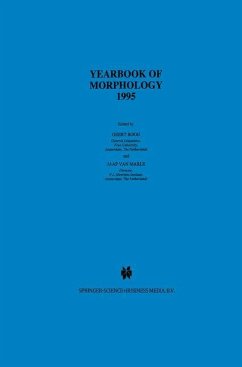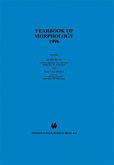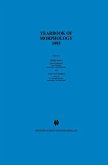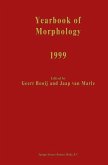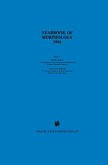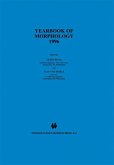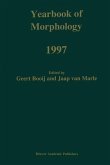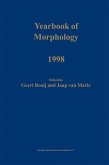A revival of interest in morphology has occurred during recent years. The aim of the Yearbook of Morphology series is to support and enforce this upswing of morphological research and to give an overview of the current issues and debates at the heart of this revival.
The Yearbook of Morphology 1995 focuses on an important issue in the current morphological debate: the relation between inflection and word formation. What are the criteria for their demarcation, in which ways do they interact and how is this distinction acquired by children? The papers presented here concur in rejecting the `split morphology hypothesis' that claims that inflection and word formation belong to different components of the grammar. This volume also deals with the marked phenomenon of subtractive morphology and its theoretical implications.
Theoretical and historical linguists, morphologists, phonologists and psycholinguists interested in linguistic issues will find this book of interest.
Hinweis: Dieser Artikel kann nur an eine deutsche Lieferadresse ausgeliefert werden.
The Yearbook of Morphology 1995 focuses on an important issue in the current morphological debate: the relation between inflection and word formation. What are the criteria for their demarcation, in which ways do they interact and how is this distinction acquired by children? The papers presented here concur in rejecting the `split morphology hypothesis' that claims that inflection and word formation belong to different components of the grammar. This volume also deals with the marked phenomenon of subtractive morphology and its theoretical implications.
Theoretical and historical linguists, morphologists, phonologists and psycholinguists interested in linguistic issues will find this book of interest.
Hinweis: Dieser Artikel kann nur an eine deutsche Lieferadresse ausgeliefert werden.

